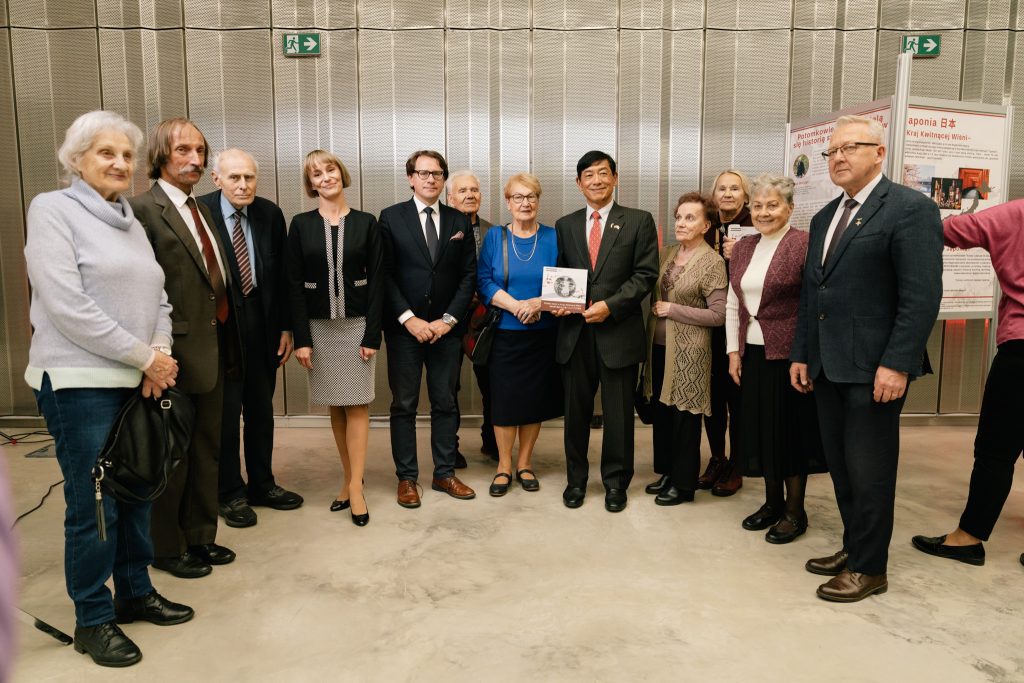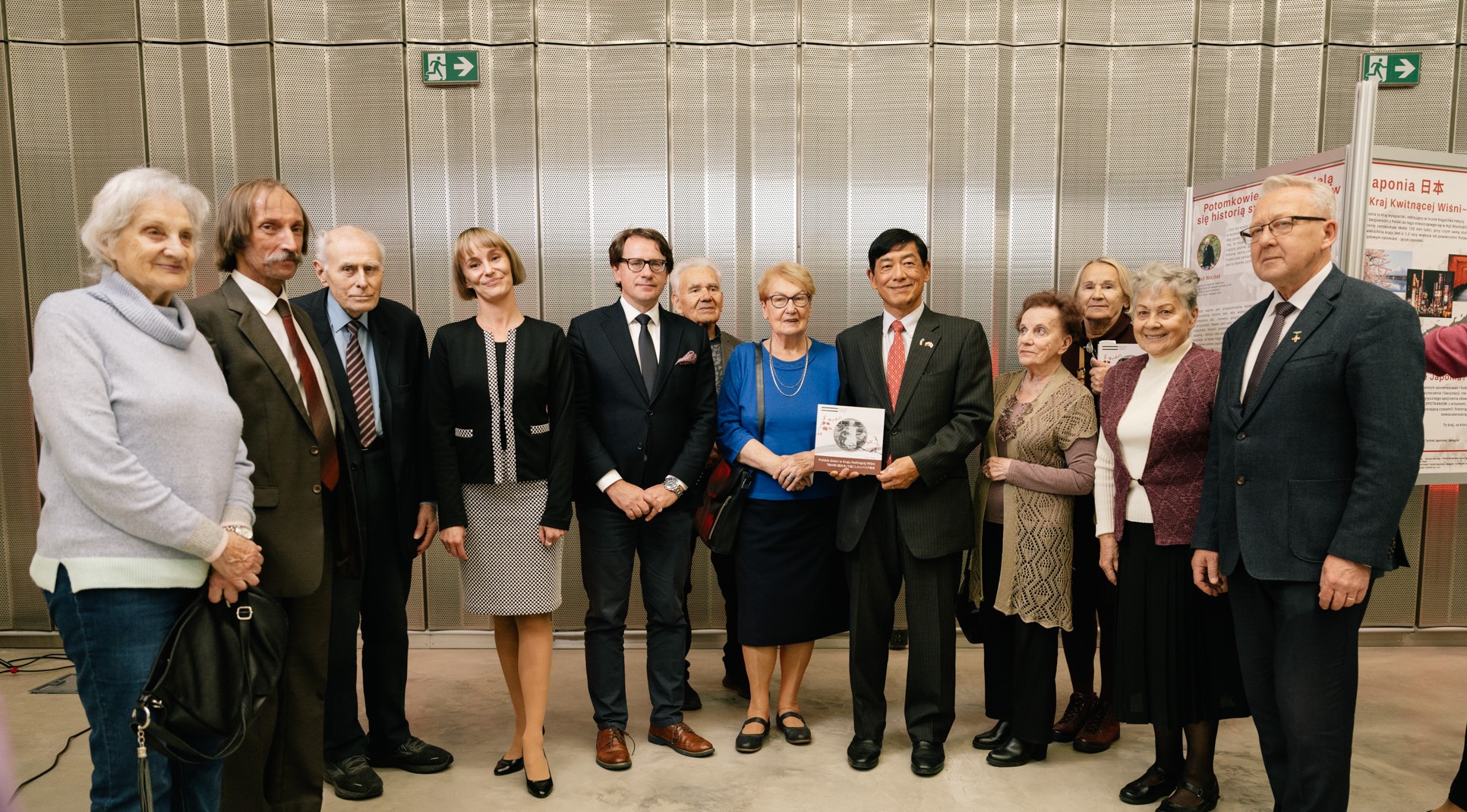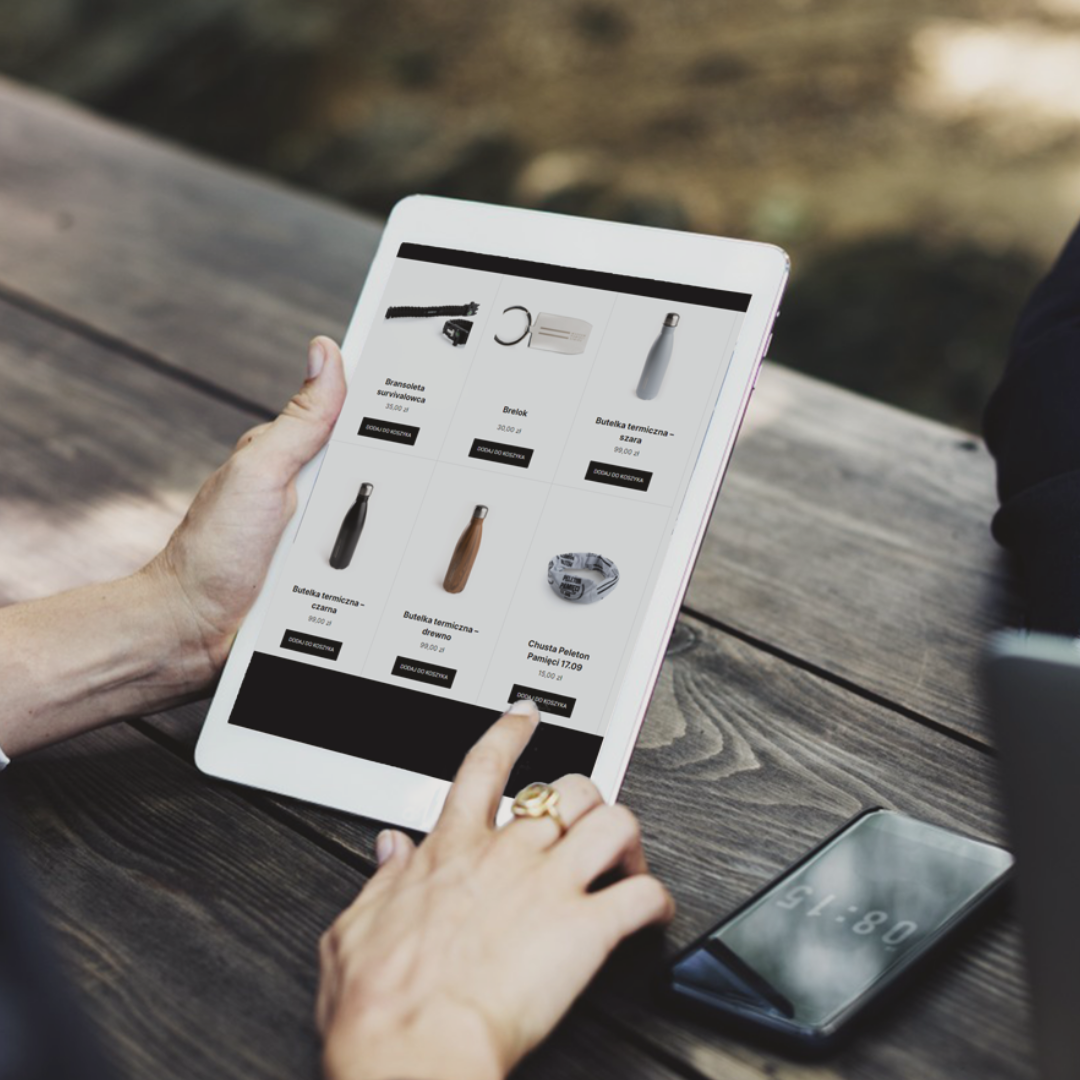“Polish children in the Land of the Rising Sun” by Sylwia Szarejko, PhD, with graphic design by Dorota Klimowicz-Bołtromiuk, is the latest publication in the “Little Sybir Stories” series. It is unique – published in Polish and Japanese. It tells a moving story about how in 1920, the government of Japan and the Japanese Red Cross helped thousands of Polish children – descendants of settlers and exiles – to escape from civil war-torn Russia and after the necessary convalescence, to reach the now independent Poland.
The Japanese Ambassador to Poland, Akio Miyajima, arrived in Bialystok accompanied by cultural attaché, Kenichi Kojima. The guests not only participated in a meeting with the audience, but also had the opportunity to watch workshop about “Siberian children” that our educators prepared for pupils of one of the primary schools.
A group of second-graders, prepared in the first minutes of classes by Piotr Popławski, PhD, greeted guests entering the room with the Japanese greeting: “Konnichiwa!”. Then it was time to learn basic information about the Land of the Cherry Blossom and the history of Polish children welcomed so warmly in Japan.
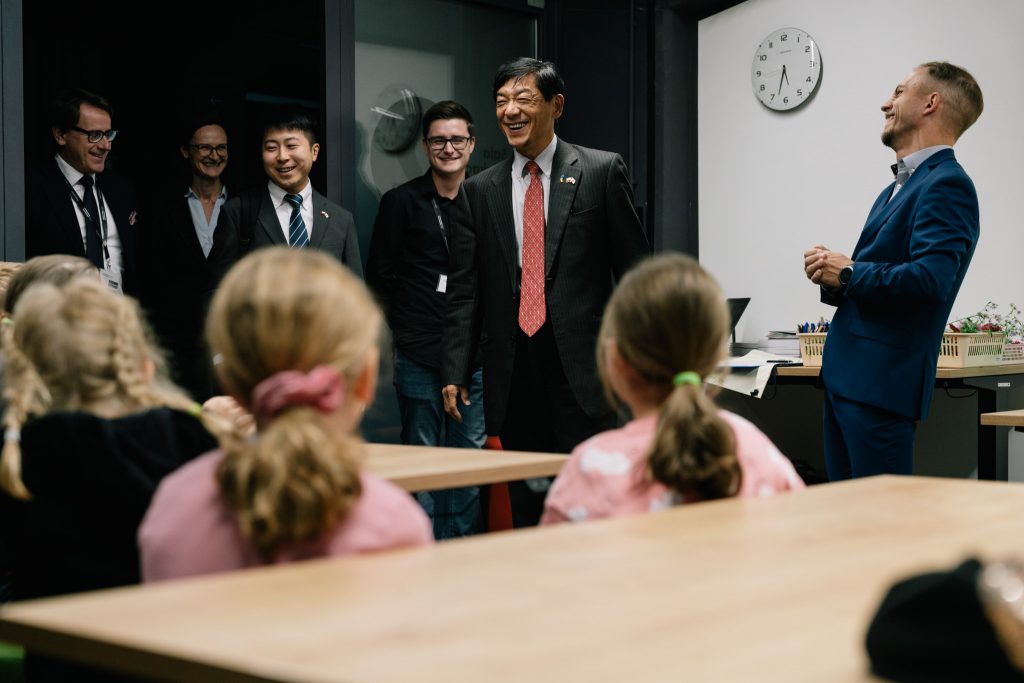
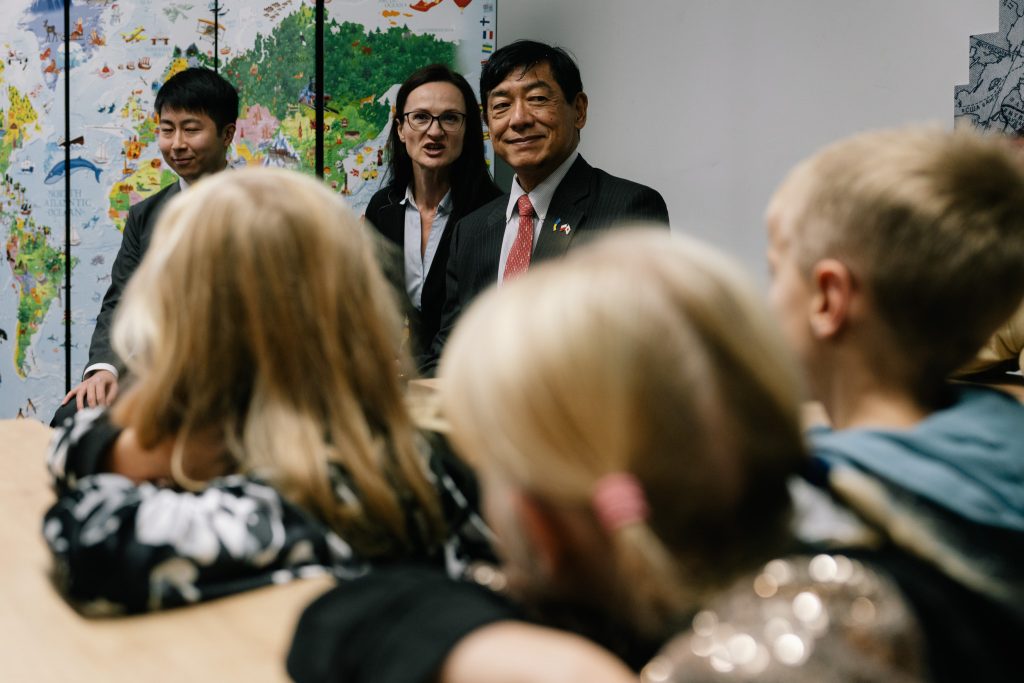
Finally, pupils were invited to decorate canvas bags using the traditional Japanese hapa zome technique. To create a decoration, they placed fresh leaves and flowers with intense color on the fabric, and then extracted the natural pigment from them by pressing the plants to the fabric with a rubber hammer. It was loud! The ambassador himself also joined in the creative fun.
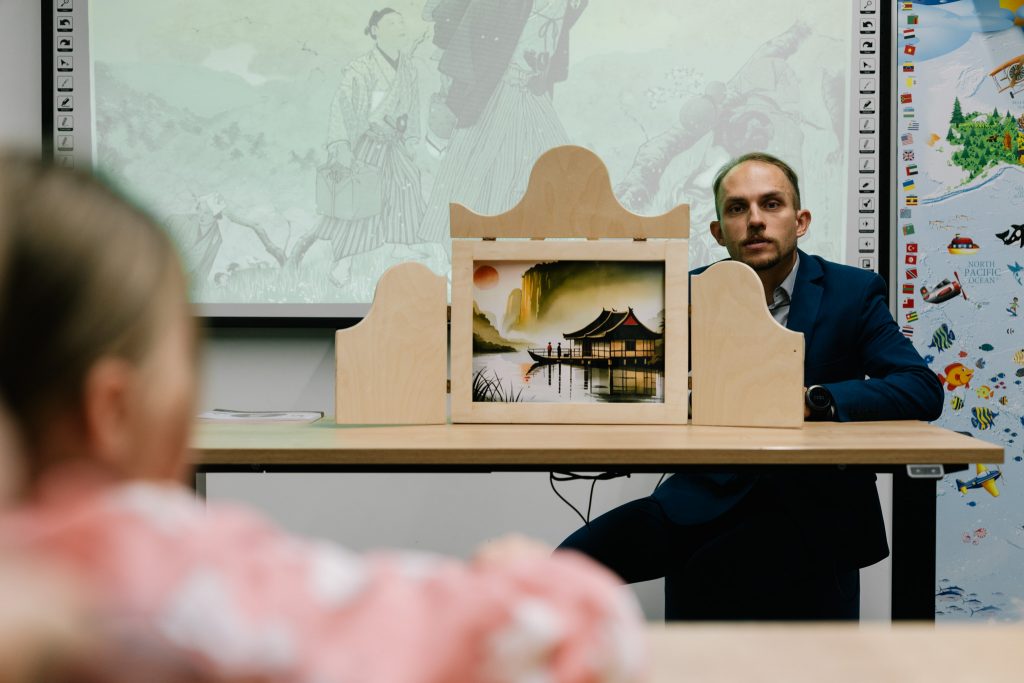

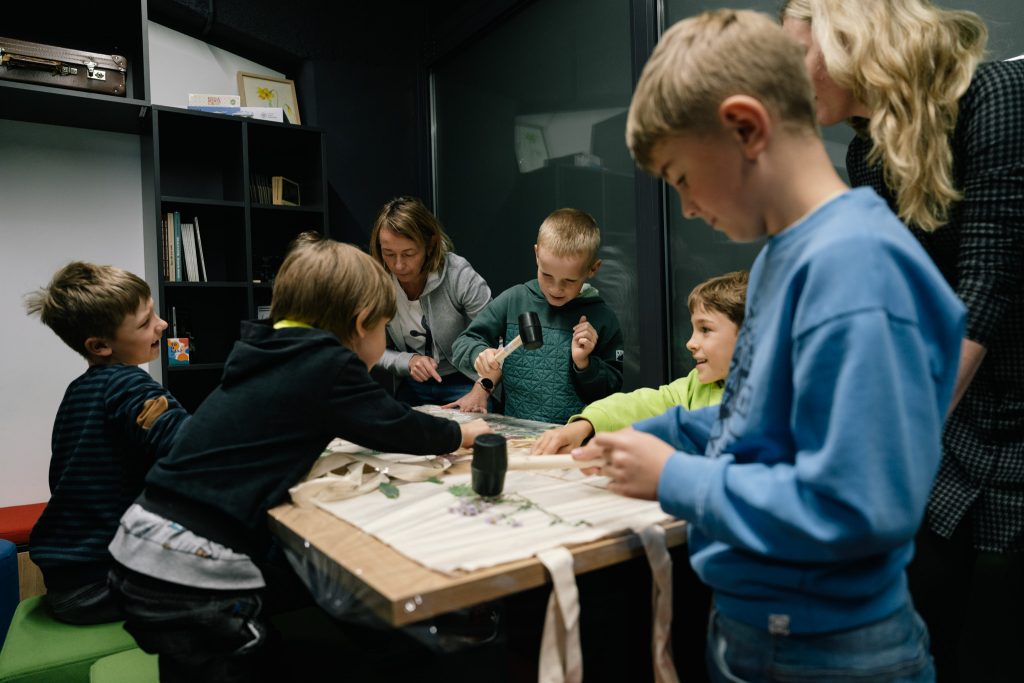
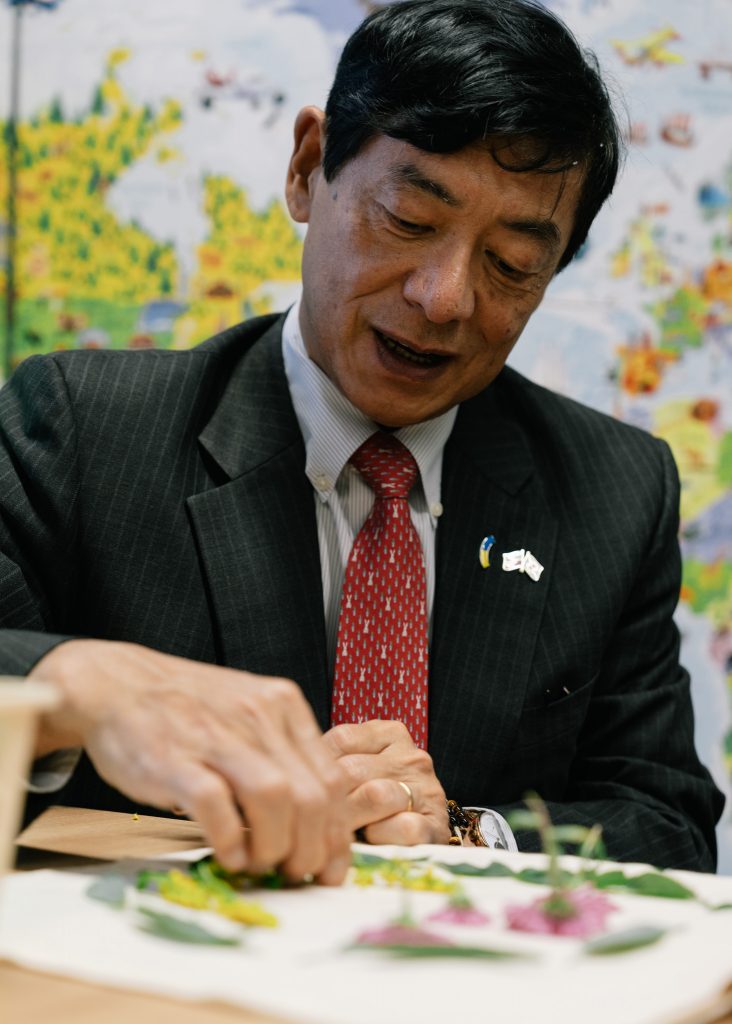
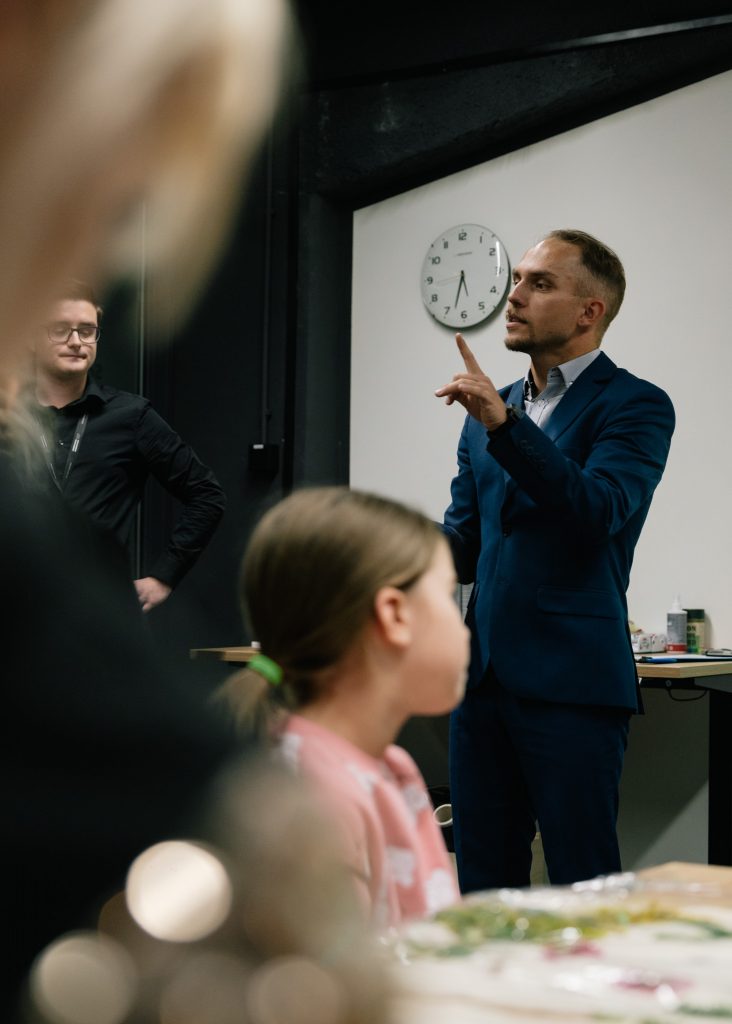
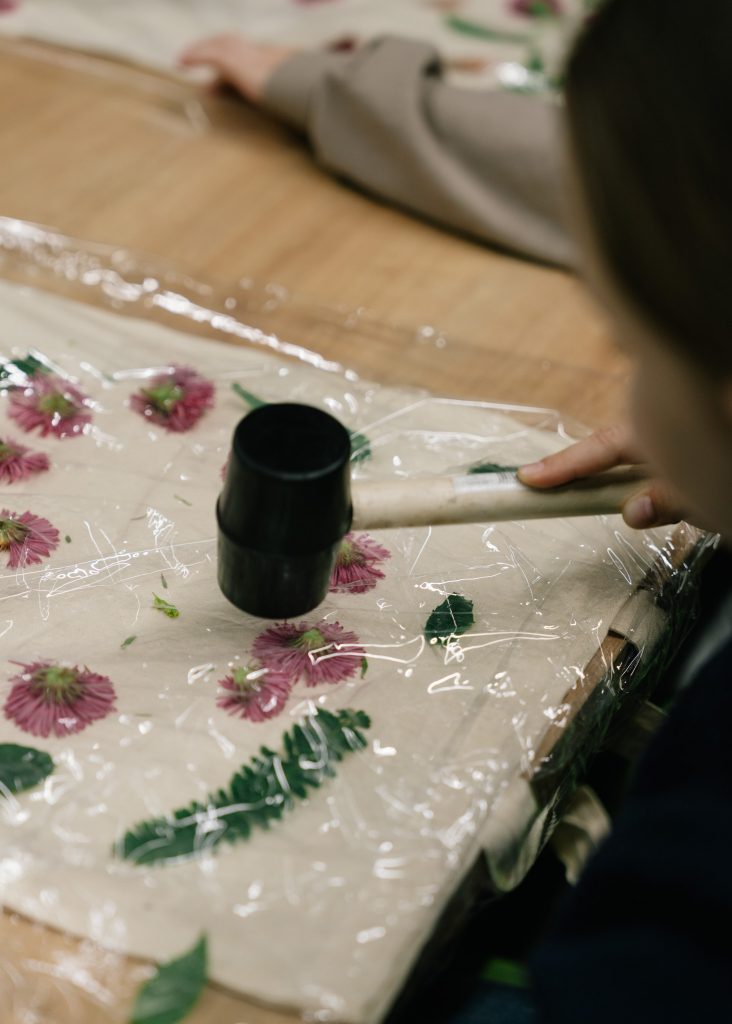
– We wanted to show the culture of Japan and the help of its people to Polish children, using forms directly taken from Japanese culture and educational methods. That is why we used the kamishibai theater and hapa zome workshops, said Piotr Popławski, PhD after the classes. – Thanks to this, children not only learned interesting and important history, but also did it in a way that could inspire them to further learning about this very interesting country and its inhabitants – he added.
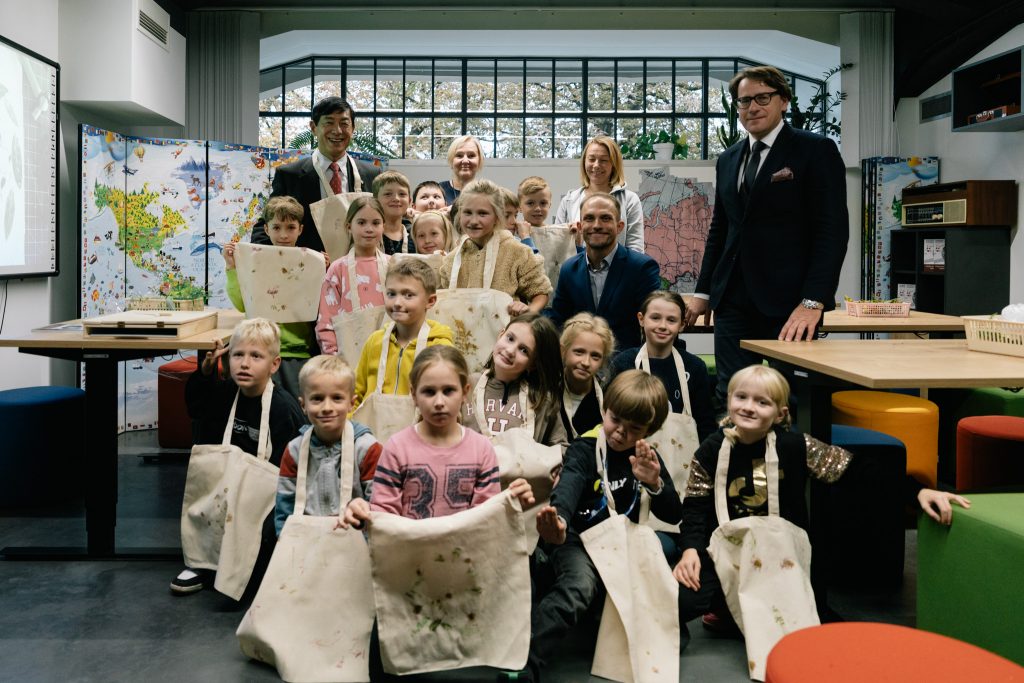
– The Ambassador was very positively surprised by the knowledge about Japanese traditions and culture among the participants of the classes, despite their young age – admitted Mr. Popławski.
In the afternoon, the audience – including Sybiraks from Bialystok – and numerous media representatives came to the Museum for a meeting dedicated to the book.
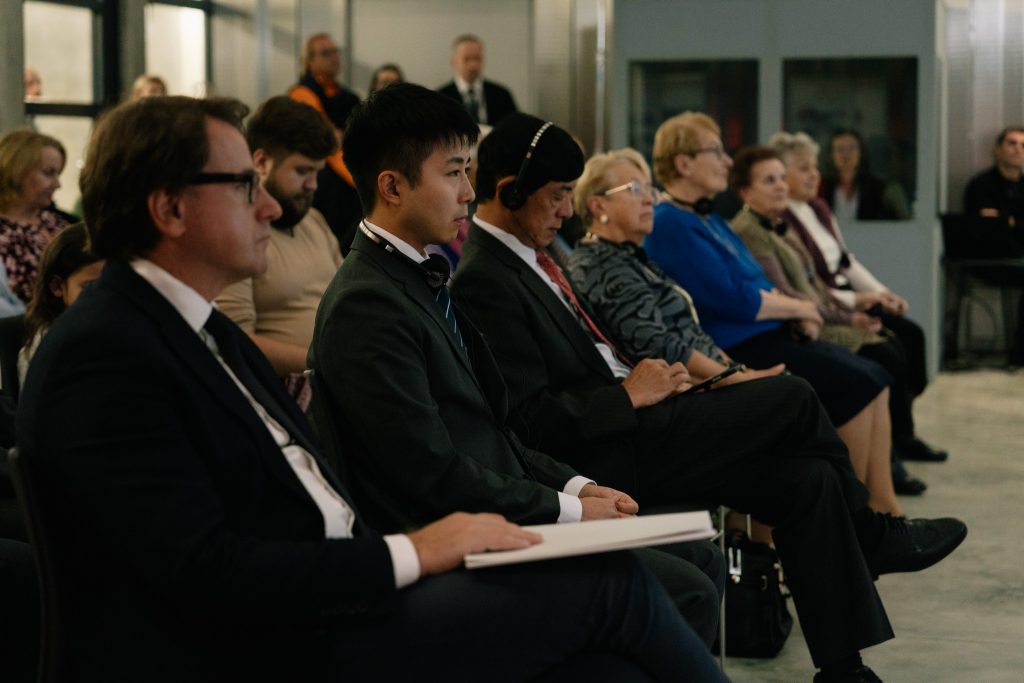
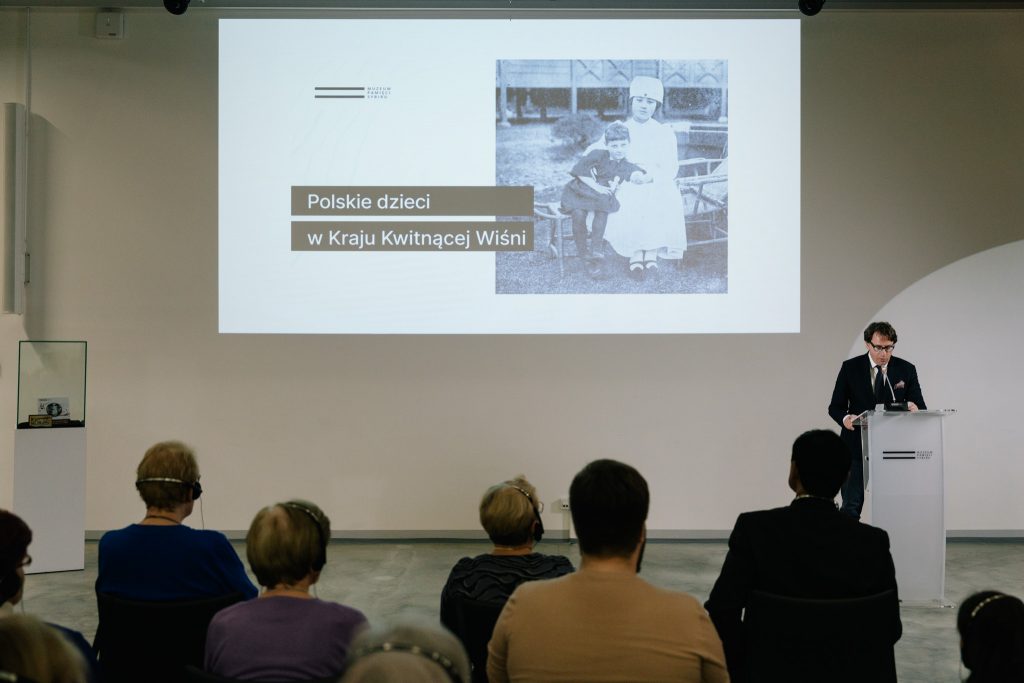
The Director of the Sybir Memorial Museum, professor Wojciech Śleszyński, opened the event with words:
– We want to disseminate this important story about how, in the 1920s, the Empire of Japan and the Imperial Family, with the support of the Japanese Red Cross, immediately responded to the appeal of the Polish Children’s of the Far East Rescue Committee to evacuate Polish children from Siberia.
– The hundredth anniversary of the return of little Poles to their homeland is an excellent opportunity to draw attention to ties between Poland and Japan. We, as the Sybir Memorial Museum, believe that it is our duty to pass on this history to next generations – emphasized professor Śleszyński.
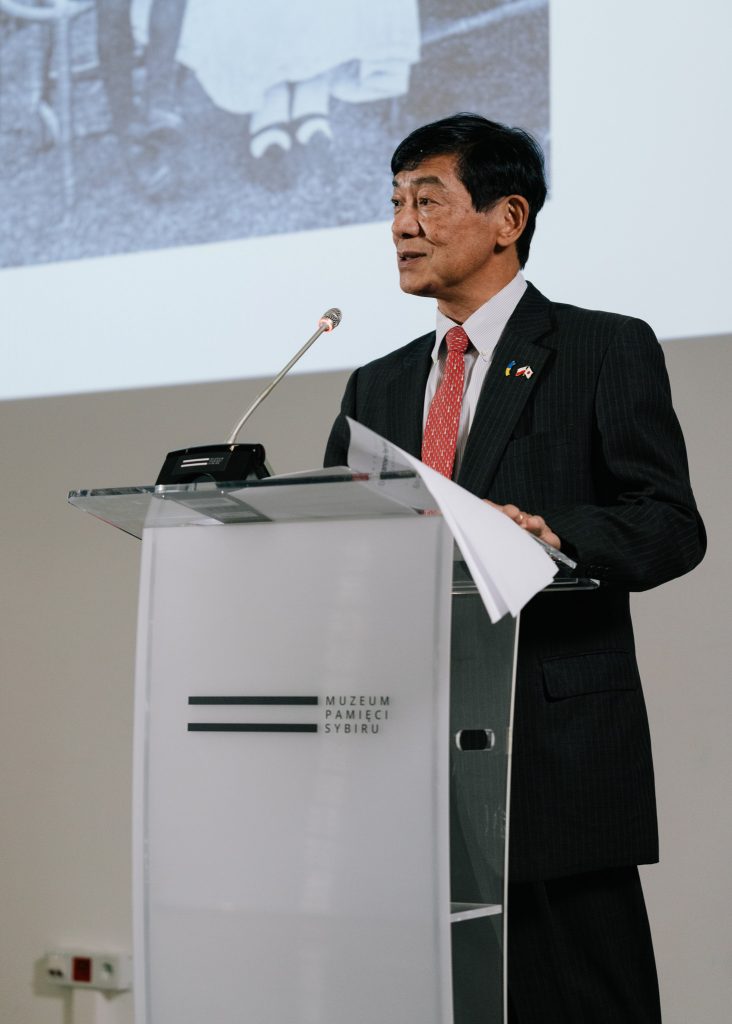
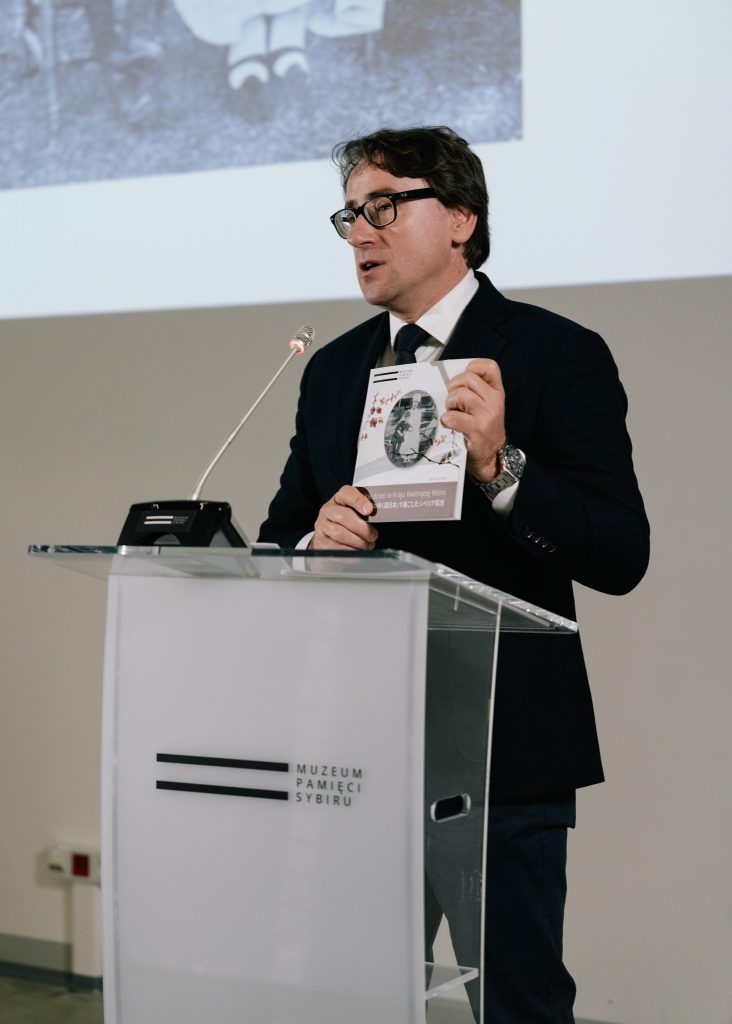
In his speech, Excellency Akio Miyajima thanked the Sybir Memorial Museum for preparing a book about Polish children in the Land of the Cherry Blossom.
– As the Ambassador of Japan, I have been living in Poland for almost three years now, and I have always felt great friendship and trust of the Polish people towards Japan. The episode of Japan’s rescue of Siberian Children has served an important part of the foundation to maintain a strong friendship between Japan and Poland over a century – said the Ambassador.
– In September this year, I had the honor to participate in two important events. The first one was the unveiling ceremony of a memorial plaque at the Manggha Museum in Cracow and second one was a ceremony in Warsaw to commemorate 100th anniversary of the rescue of Siberian children by Japan, organized by the Social Welfare Corporation Fukudenkai which took care of 400 children at that time. First Lady Agata Duda and Madame Akie Abe, wife of the former Prime Minister attended the event – he said.
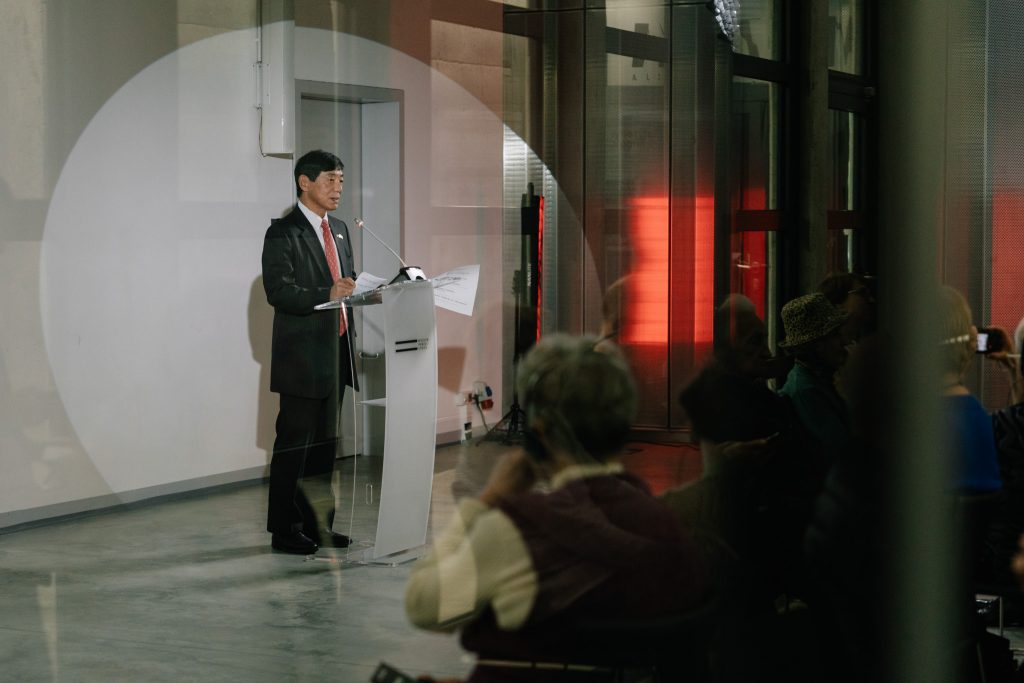
– I was deeply moved by meeting 130 members of families of the rescued Siberian children. Those events became milestones in bringing the friendship between our countries into the future, for next 100 years – he added.
– A friend in need is a friend indeed, Japan and Poland are countries of flourishing friendship – concluded the Ambassador Akio Miyajima in Polish.
After the official speeches, it was time for a story by Sylwia Szarejko, PhD, author of the book “Polish Children in the Land of the Rising Sun”.
– The first groups of Polish children came to Japan from civil war-torn Russia in 1920. In total, by 1922, over 700 children reached the Land of the Cherry Blossom. Their first stops were the cities of Tsuruga, located on the island of Honshu or Osaka. The Japanese authorities immediately took care of the “Siberian children” – the researcher said.
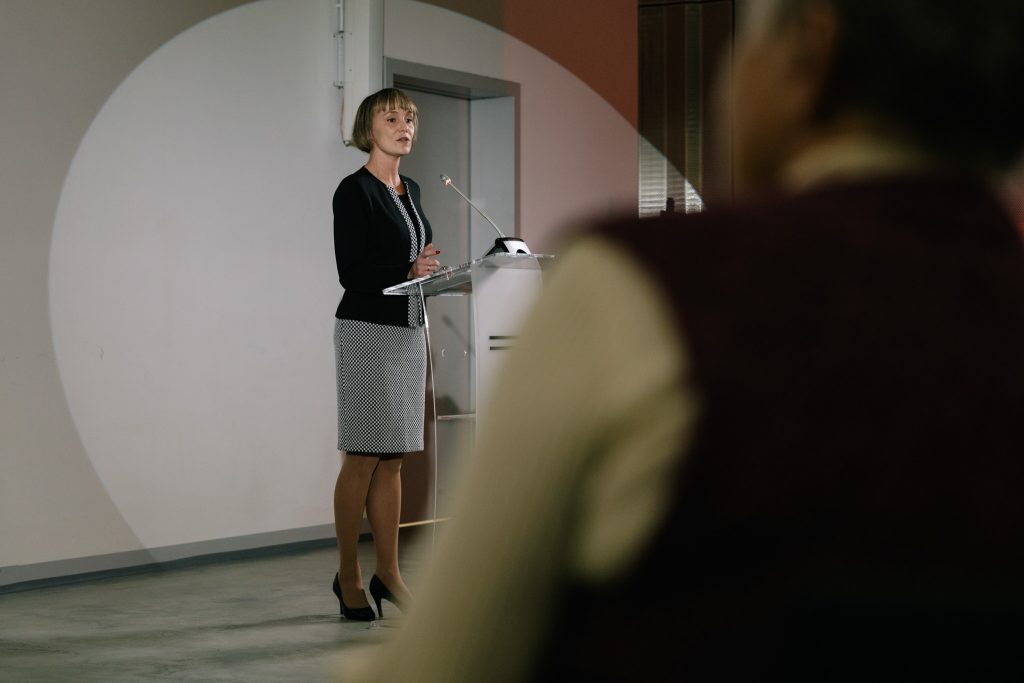
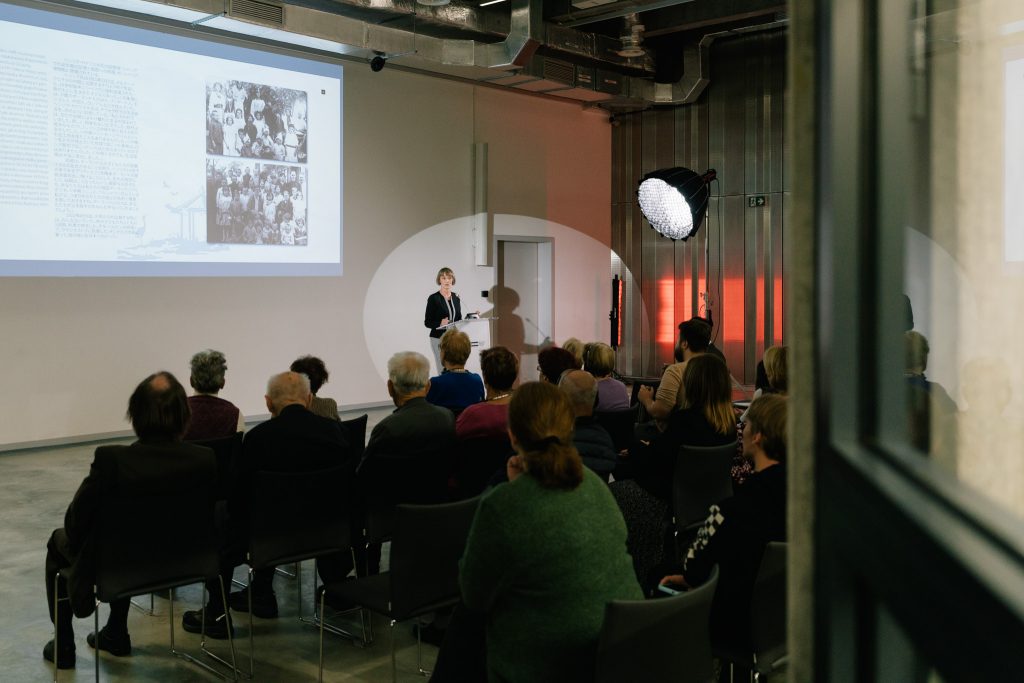
– Starving and suffering from many diseases, the children received immediate help at the hospital, while the rest were sent to the Social Welfare Corporation Fukudenkai on the outskirts of Tokyo. The Japanese Red Cross took care of providing the children with new clothes, underwear and shoes, explained Sylwia Szarejko to the audience. In addition to accommodation, food, treatment and rehabilitation, children were also provided with school, extra-curricular activities and trips. They were under the care of nurses and caregivers, and thanks to playing with Japanese children, they felt almost at home. For the “Siberian children”, the period of their stay in Japan seemed to be the most extraordinary and beautiful time of their lives, which remained strongly in their memory – said the author.
Sylwia Szarejko, PhD admitted that in the process of preparing the publication she encountered great kindness and willingness to cooperate from many entities:
– I asked Japanese institutions to provide the photos: the Japanese Red Cross, the Social Welfare Corporation Fukudenkai and the Meiji-Mura Museum. I was pleasantly surprised by the speed of responses received and consents to use the photos, granted immediately by all institutions. I am extremely grateful for this, as it has significantly enriched this publication. The Polish Institute in Tokyo also allowed to use of photos showing selected initiatives strengthening the Polish-Japanese dialogue – she explained.
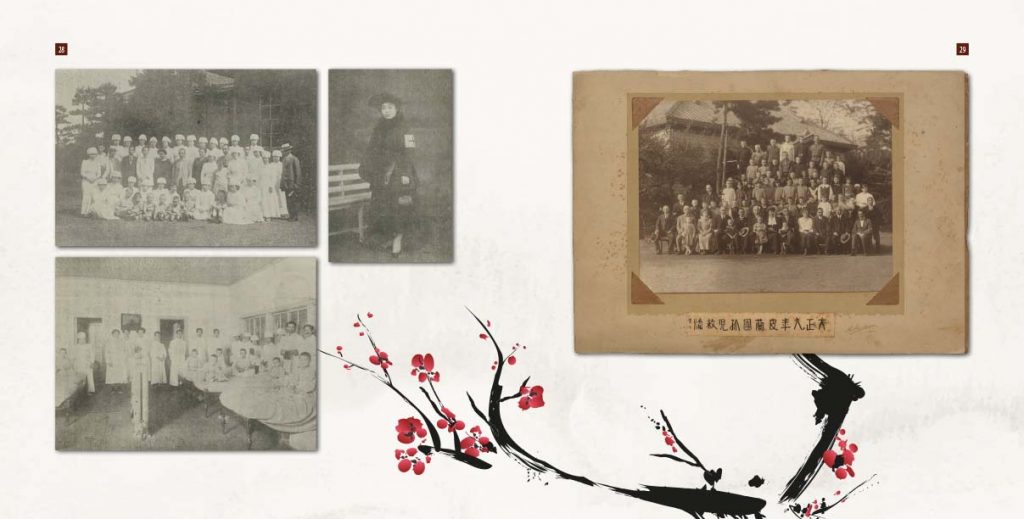
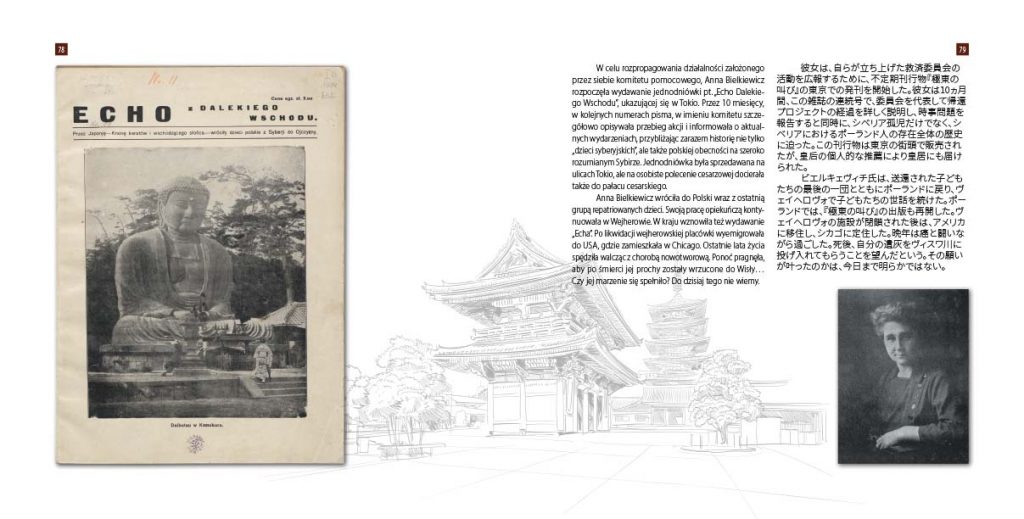
– Another undeniable advantage of this publication is that it is bilingual. The wonderful translation of the text into Japanese is made by Ayaka Jimbo. Without her knowledge and kind suggestions from an excellent expert on the subject – Akinori Nishikawa, Director of the Port Museum of Humanitarianism in Tsuruga, this book would certainly be much poorer – emphasized the speaker.
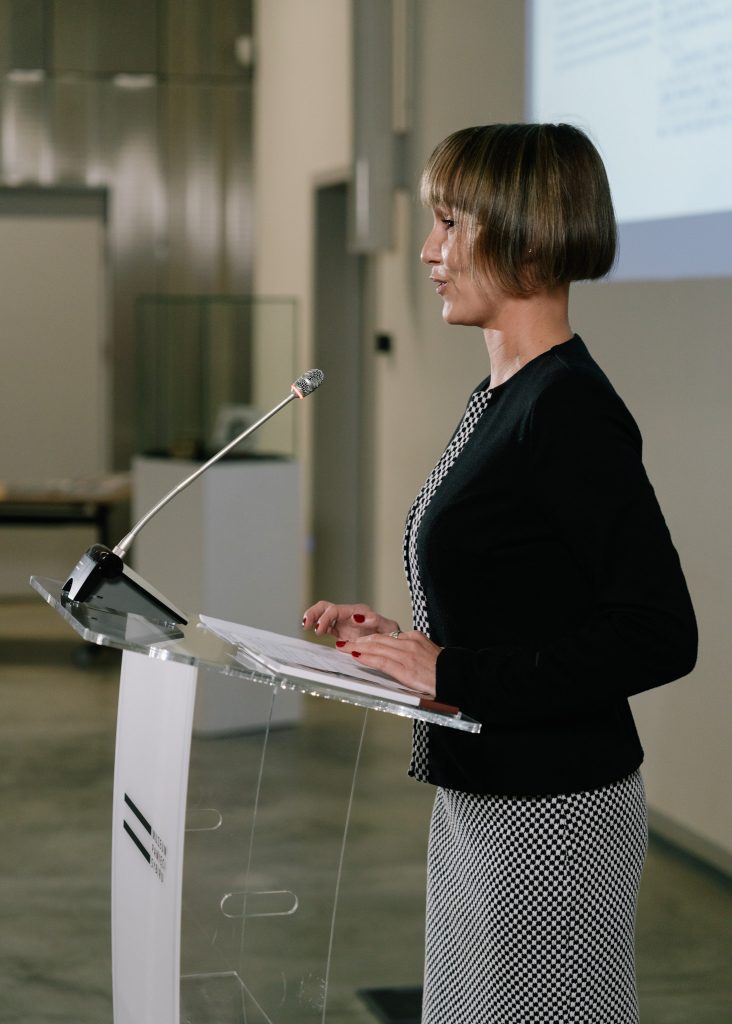
– The enormous support I experienced while writing this book, both from the Japanese and Polish sides, was a confirmation of what one of the characters in this book wrote about in his memoirs: “Kindness, cordiality, warm and engaging attitude” – these were the emotions the “Polish children of Siberia” remembered from their stay in Japan. I have the same impressions after finishing work on this publication. I would also like to express my gratitude to the Ambassador of the Republic of Poland in Japan – Paweł Milewski and the Ambassador of Japan in Poland – His Excellency Miyajima Akio, for willingness to emphasize by their authority and foreword the importance of both the topic of Polish-Japanese cooperation and the book itself – said Sylwia Szarejko, PhD.
At the end of the meeting, the audience could buy the book and get the author’s autograph. Many people also took advantage of the opportunity to see a portable exhibition on Polish-Japanese relations prepared by the Embassy of Japan in Poland.
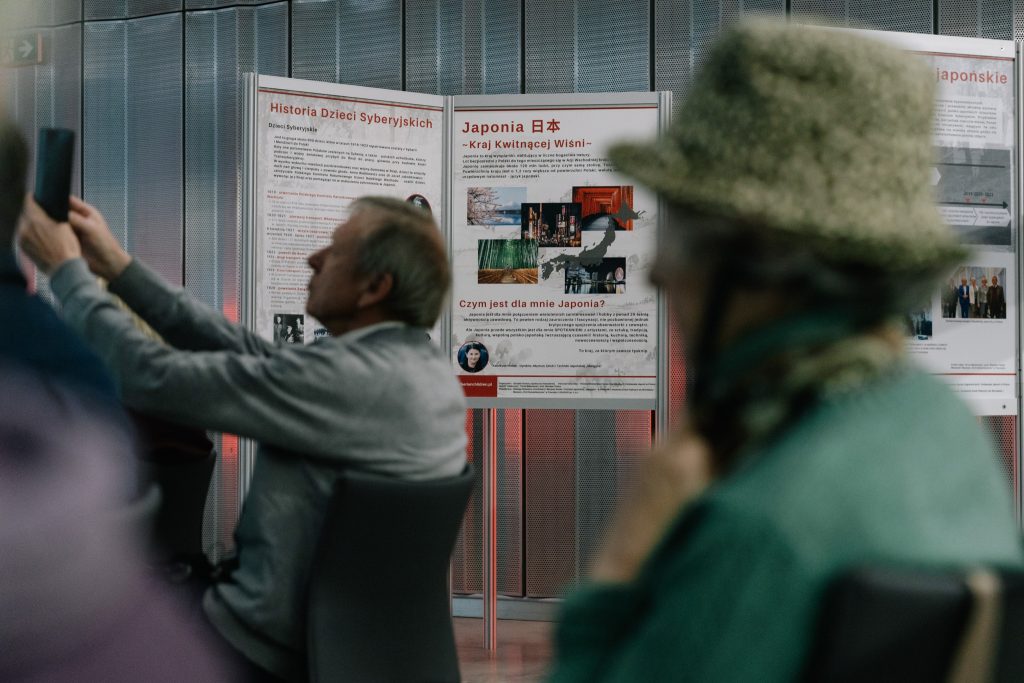
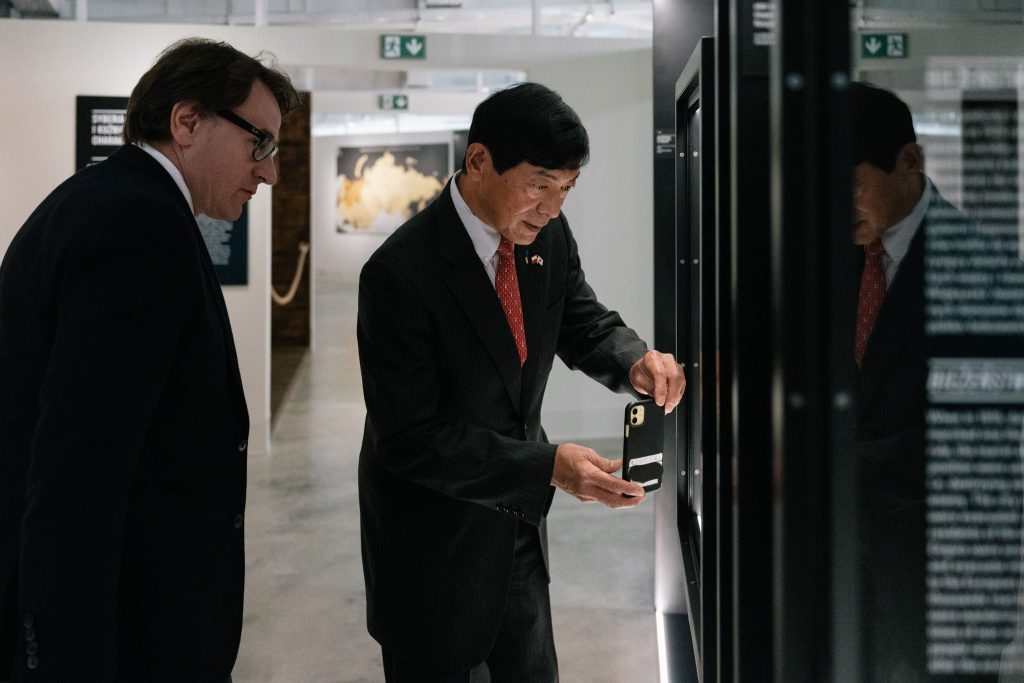
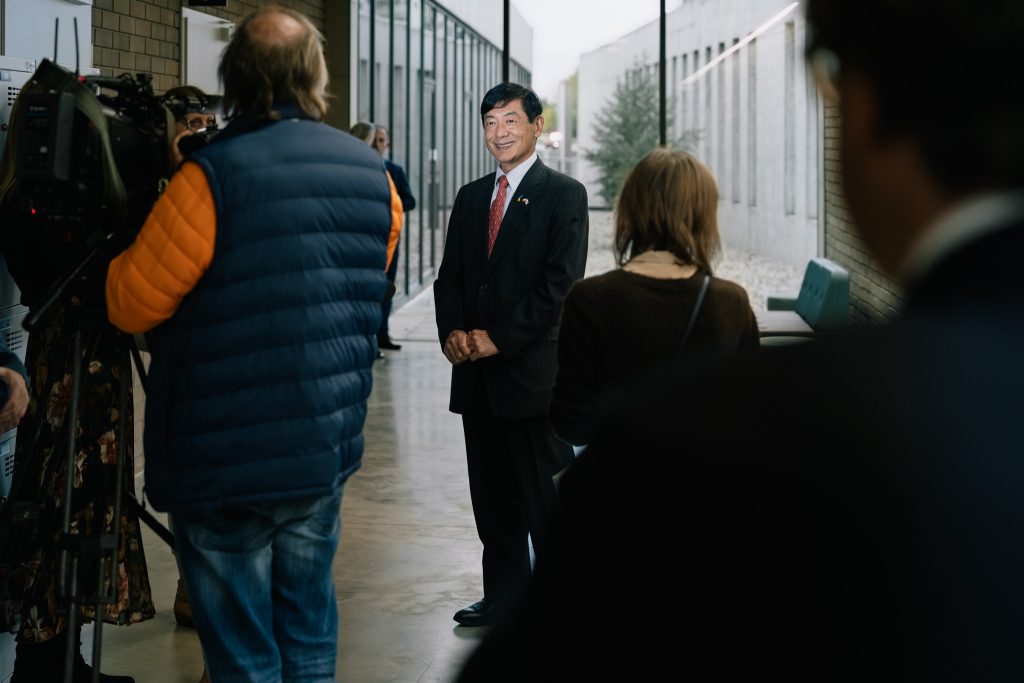
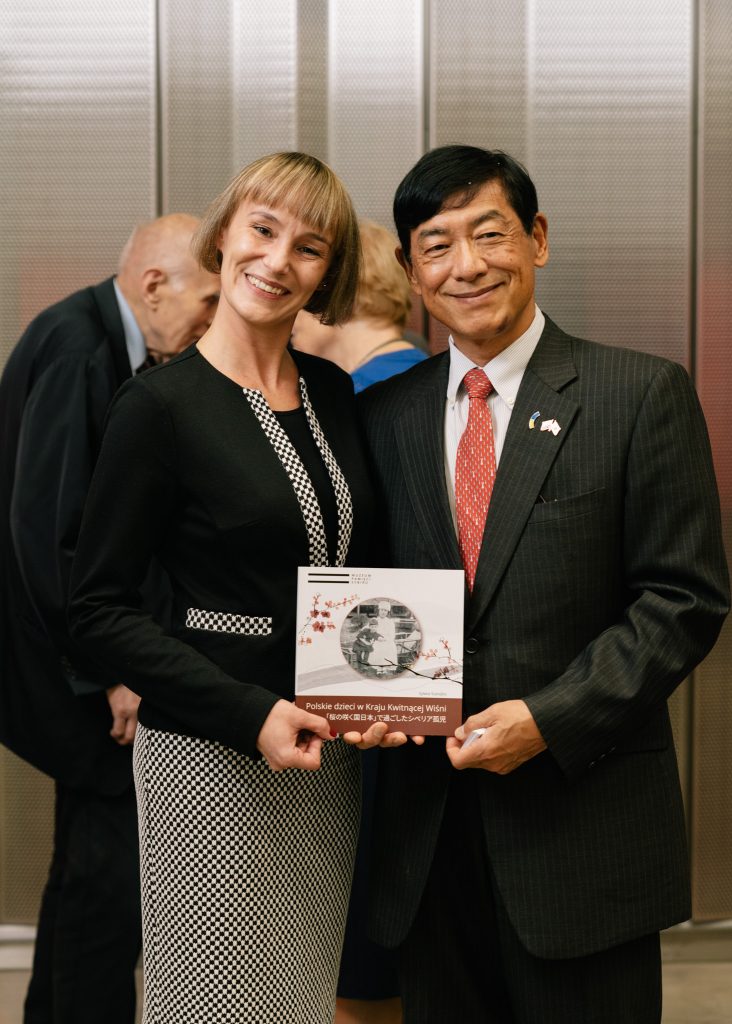
Thanks to this, they could also learn more about an episode from our common history, the heroes of which were children rescued from Siberia and everyone who – both on the Japanese and Polish sides – was involved in rescuing them.
